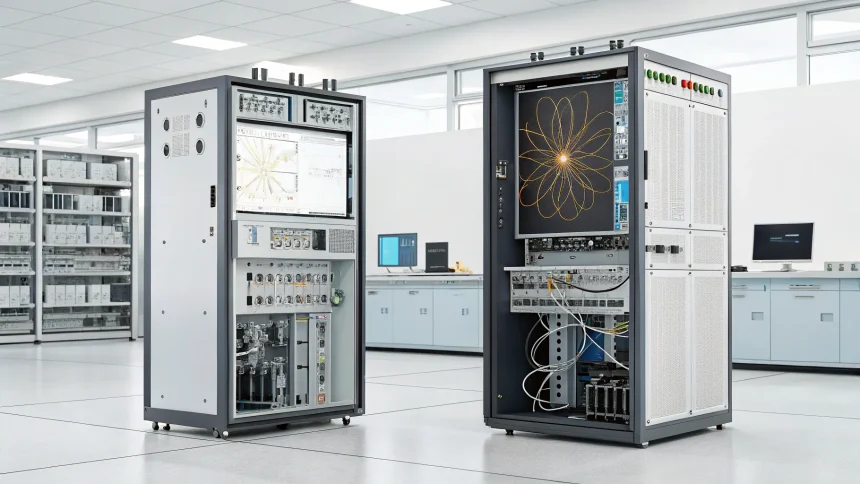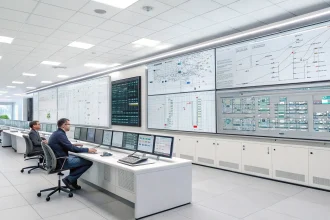The world of quantum computing is filled with complex terminology that can make it difficult to understand which machines truly outperform others. Terms like “quantum advantage,” “quantum supremacy,” “fault-tolerance,” and “qubit coherence” are frequently used to claim superiority, but their meanings often remain unclear to those outside the field.
These technical phrases have become central to discussions about quantum computing progress, yet they can create confusion when comparing different systems. Understanding these concepts is essential for evaluating claims about quantum computing capabilities.
Decoding Quantum Advantage and Supremacy
“Quantum advantage” and “quantum supremacy” are related but distinct concepts that describe milestones in quantum computing development. Both terms refer to a quantum computer’s ability to solve problems that classical computers cannot handle efficiently.
“Quantum supremacy” specifically refers to the point where a quantum computer can solve a problem that would be practically impossible for even the most powerful classical supercomputers,” explains Karmela Padavic-Callaghan, who has analyzed the terminology. “This term was popularized by physicist John Preskill but has become somewhat controversial due to its implications.”
“Quantum advantage,” on the other hand, describes a more practical benchmark – when quantum computers can solve real-world problems faster or more efficiently than classical computers. This term is generally preferred in the scientific community as it focuses on practical applications rather than theoretical capabilities.
The Critical Role of Fault-Tolerance
Fault-tolerance represents one of the most significant challenges in quantum computing. Quantum systems are extremely sensitive to environmental interference, which can cause errors in calculations.
A fault-tolerant quantum computer can detect and correct these errors without disrupting the computation process. This capability is crucial for performing complex calculations that require many operations.
“Without fault-tolerance, quantum computers are limited in the size and complexity of problems they can tackle,” notes Padavic-Callaghan. “The race to build fault-tolerant systems is perhaps the most important competition in quantum computing today.”
Current quantum computers operate in what experts call the “NISQ era” – Noisy Intermediate-Scale Quantum – where qubits are error-prone and limited in number.
Understanding Qubit Coherence
Qubit coherence refers to how long quantum bits can maintain their quantum state before environmental factors cause them to lose information through a process called decoherence.
Longer coherence times allow for more complex calculations to be completed before errors accumulate. When companies claim their qubits have “better coherence,” they’re stating that their quantum bits can maintain their quantum properties longer than competitors’ systems.
Different quantum computing approaches – including superconducting qubits, trapped ions, photonic systems, and topological qubits – each have their own coherence characteristics and challenges.
- Superconducting qubits: Fast but typically have shorter coherence times
- Trapped ions: Longer coherence times but slower operation
- Photonic systems: Room temperature operation but different scaling challenges
- Topological qubits: Theoretically more stable but still experimental
The quantum computing landscape continues to evolve rapidly, with companies and research institutions making various claims about their systems’ capabilities. Understanding these key terms helps in evaluating which advancements represent genuine progress versus marketing hype.
As quantum computers move closer to practical applications in fields like materials science, cryptography, and drug discovery, the ability to accurately compare different systems becomes increasingly important for researchers, investors, and potential users of this technology.









